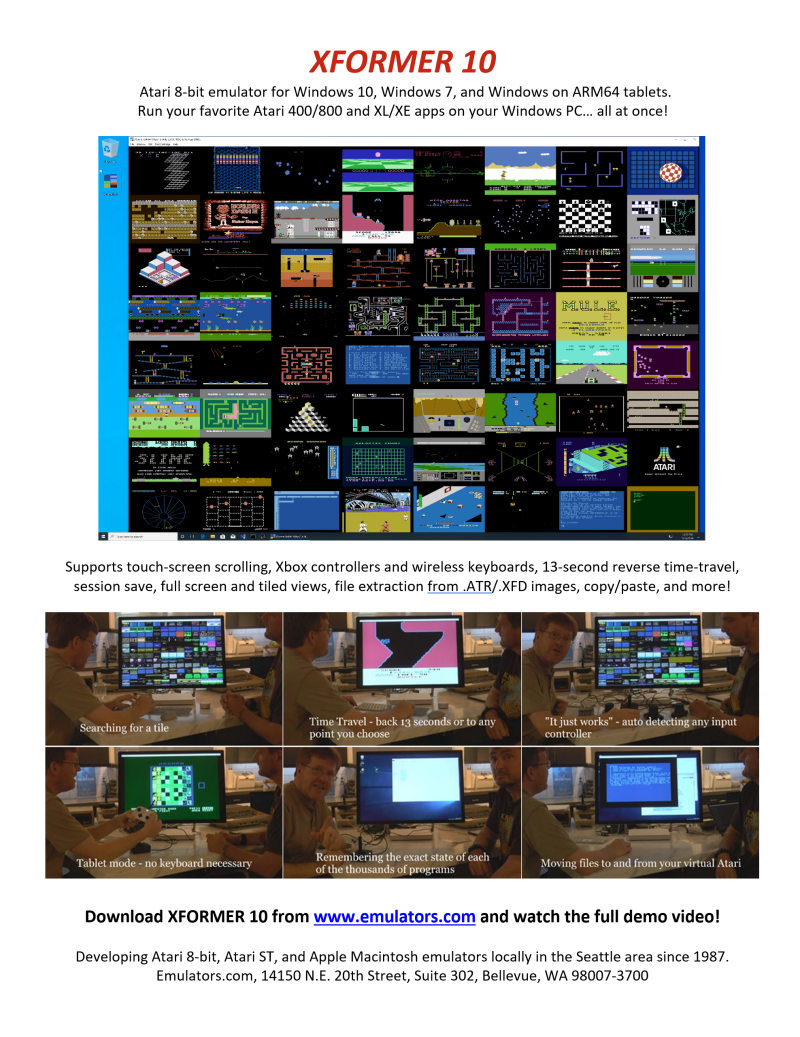

- #DOWNLOAD EMULATOR FOR MAC 2017 HOW TO#
- #DOWNLOAD EMULATOR FOR MAC 2017 APK#
- #DOWNLOAD EMULATOR FOR MAC 2017 INSTALL#
- #DOWNLOAD EMULATOR FOR MAC 2017 SOFTWARE#
Download Flight Simulator 2017 APK to your PC.
#DOWNLOAD EMULATOR FOR MAC 2017 INSTALL#
Firstly, download and install an Android emulator to your PC.
#DOWNLOAD EMULATOR FOR MAC 2017 HOW TO#
So it is advised that you check the minimum and required system requirements of an Android emulator before you download and install it on your PC.īelow you will find how to install and run Flight Simulator 2017 on PC: However, emulators consume many system resources to emulate an OS and run apps on it. There are many free Android emulators available on the internet.
#DOWNLOAD EMULATOR FOR MAC 2017 SOFTWARE#
Flight Simulator 2017 is an Android app and cannot be installed on Windows PC or MAC directly.Īndroid Emulator is a software application that enables you to run Android apps and games on a PC by emulating Android OS. In addition, the app has a content rating of Everyone, from which you can decide if it is suitable to install for family, kids, or adult users.

It has gained around 1000 installs so far, with an average rating of 3.0 out of 5 in the play store.įlight Simulator 2017 requires Android with an OS version of 2.3 and up. This command will start building your app using the installed Gradle compiler shipped with the Android Studio then run the Metro bundler to bundle your app and execute the app on the emulator as shown in the following screenshots.Flight Simulator 2017 is an Android Simulation app developed by Smashing Geeks and published on the Google play store. Once the integrated terminal is opened, you can start writing the "react-native run-android" command. You can run commands in any external terminal but for the purpose of this post, we are going to use the integrated terminal. Then, click View > Integrated Terminal to be able to run commands in the integrated terminal inside Visual Studio Code. To do so, open Visual Studio Code (or your preferred code editor) then click "Open Folder" and open the root directory of your React Native app (not the Android directory). The last and final step is to run your React Native app in the opened Android emulator. Step 3: Run your React Native app with "react-native run-android" command If you have successfully opened your Android device emulator as shown in the screenshot above then it's time to move to the next step. To do so, open Android Studio, then click "Open an existing Android Studio Project" as shown in the screenshot below: The first step is building the app on Android Studio. Step 1: Build the react native app on Android Studio Once you have all the above software and tools installed and ready, please follow the following steps in the same order. You have Visual Studio Code editor installed (or any other code editor).You have any Android emulator installed and running on your machine through Android Studio AVD Manager.If not, then you can download and install it here. You have Android Studio installed on your mac.You have a good understanding to mobile development and react native.Before you continue reading this post please make sure that: This post will explain how to run the "react-native run-android" command on mac in a very few easy steps. Step 3: Run your React Native app with "react-native run-android" command.Step 2: Make your Android emulator ready.Step 1: Build the react native app on Android Studio.You can go directly to each step using the following links: In this post, we'll go through the easiest steps to run the React Native Android apps on mac.


 0 kommentar(er)
0 kommentar(er)
